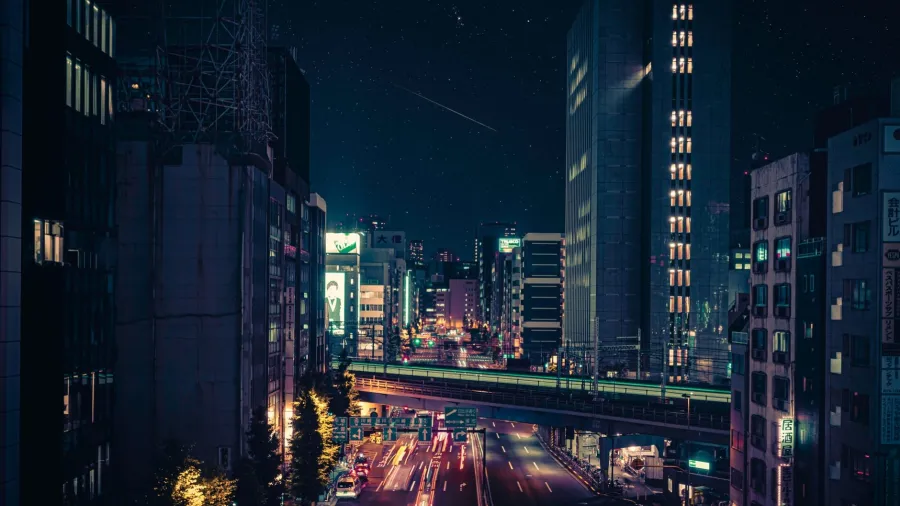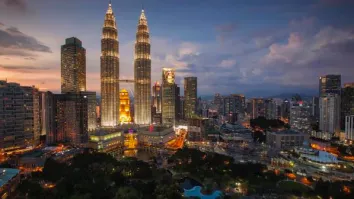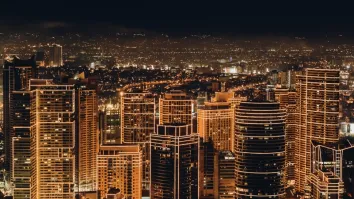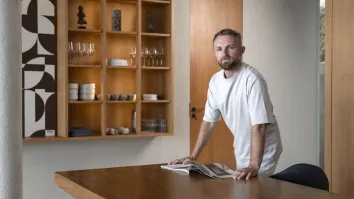
Everything you need to know about ultra luxury residential leasing in Tokyo
Find out how much rents cost, where the units are, and who the tenants are.
One niche segment in the residential property sector has recently been gaining traction – the ultra-luxury rental residences. According to a Savills report, one reason for the increase in demand for such residences could be a growing number of wealthy younger Japanese who prefer the flexibility that renting offers.
“Indeed, some Japanese have been able to ride the tide of global economic growth and have amassed considerable fortunes, for instance, through a number of IPOs,” the report said.
Here’s more from Savills:
Many are relatively young in their 40’s or 30’s and lead active lifestyles, and would find the flexible option of renting appealing. For instance, some ultra-luxury condos that were originally for-sale and primarily targeted a non-Japanese audience were struggling during the pandemic, but they appear to have recently grown in popularity among Japanese business owners.
Another reason is the increasing number of wealthy foreign residents in Tokyo. The number of foreign residents in Minato ward, typically known for being the most expensive in Tokyo, has increased by more than 60% over the past 30 years to almost 20,000 people, suggesting that the number of wealthy expatriates that can afford such residences has also increased, and has helped to prop up demand.
Typical tenants are essentially business owners, but some corporate executives also live in these ultra-luxury units, as it seems that monthly rents up to JPY2.0 – 2.5 million are more easily tax deductible.
The overall stock of ultra-luxury units is very limited and most of them were originally units for sale. At this moment, it is probably fair to assume approximately 30% of these ultra-luxury units are leased. Built-to-Rent (BTR) in the ultra-luxury space is even more limited in Japan, and this specific category appears to be very tight. Nevertheless, the market has gradually seen some supply added recently.
La Tour Daikanyama is a rental luxury apartment in the high-end Daikanyama area, developed by Sumitomo Realty & Development in 2010. This 139-unit luxury residence features a 24-hour English-speaking concierge and security staff in addition to other amenities like a gym, gardens, and children’s playrooms. The penthouse unit is reported to have monthly rents upwards of JPY5.0 million – approximately JPY33,000 per tsubo, making it one of the most expensive units in Tokyo at the time of its release.
La Tour Daikanyama was one of the earlier ultra-luxury developments to feature rental-only units, and the success of the property, which often sees close to full occupancy, has helped to pave the way for even more expensive developments.
In 2020, NTT Urban Development Corporation developed WITH HARAJUKU RESIDENCE, a 53-unit luxury rental residence in front of Harajuku station, adjacent to the high-end retail Omotesando area. Its prime location in a retail centre has allowed it to attain rents of nearly JPY3.0 million – more than JPY60,000 per tsubo, which is on par with estimated retail rents in the area. It appears to have few availability as of March 2023, showing that there is ample demand for such luxury units.
In 2022, Toranomon Hills Residential Tower opened with multiple ultra-luxury units. Some of them are likely to be available for lease, and typical rents appear to be between JPY40,000 and 50,000 per tsubo, which is more expensive than its office counterpart. In 2023, Aman Residences will open with different price lines, which should further pave the way for the ultra-luxury market, and should also be significantly more expensive than its office counterpart.



















 Advertise
Advertise





